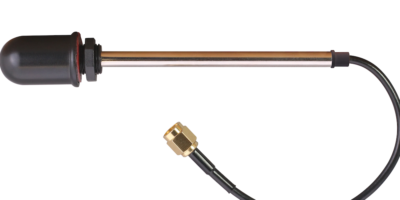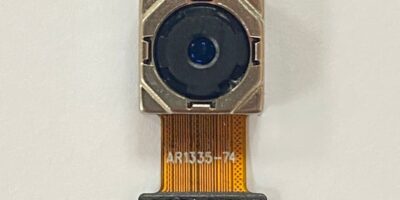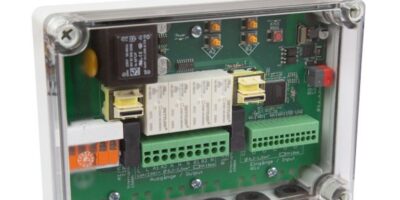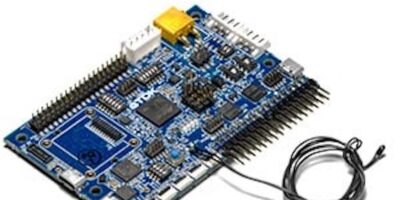Two series of three antennas each by Linx Technologies support Wi-Fi 6 and Wi-Fi 6E applications in the 2.4, 5.0 and 6.0GHz bands. Both series are compact and therefore suitable for IoT applications, said the company.
Antennas in the ANT-W63-MON series are compact monopole tilt/swivel whip antennas that work with multiple ground plane configurations. The hinged design allows for the antenna to be positioned for optimum performance. The MON series is available with an SMA plug (male pin) or an RP-SMA (female socket) connector.
The ANT-W63-WRT series are panel-mount di-pole antennas. The compact size allows low-profile mounting making them less likely to be accidentally damaged, said Linx. The WRT antennas are designed with an integrated counterpoise that eliminates the need for additional groundplane, making them suitable for applications with non-conductive or RF-transparent enclosures. The ANT-W63-WRT antennas are available in a variety of cable length and connector options, including SMA plug (male pin), RP-SMA plug (female socket), MHF1/U.FL type plug (female socket), and MHF4-type plug (female socket.
The antennas add 6GHz variations to the company’s WRT and MON product lines. CEO Tolga Latif, said: “With the continued expansion of Wi-Fi 6 in industry, . . . . customers will be better prepared to meet the growing demand for increased signal coverage and faster Wi-Fi 6 / 6E devices.”
The WiFi 6 antennas are available now from Linx Technologies’ distributor and manufacturer representative networks.
Linx Technologies strives to minimise the risk, delays, and technical challenges for design engineers to make products wireless and connect them to the IoT. Linx manufactures wireless components including antennas, RF connectors and cables, RF modules, and remote controls.







